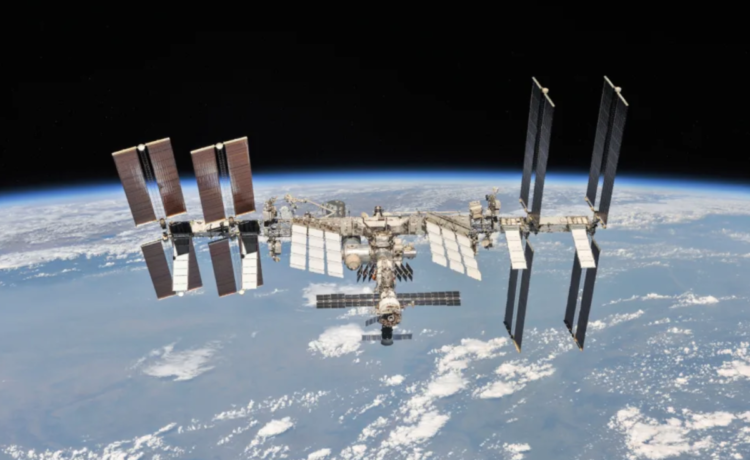SpaceX to, basically, crash the International Space Station (ISS) into the sea. It’s part of a NASA program to safely deorbit the ISS within the next ten years.
The ISS has been continuously operating since 1998 and, like all things, has been aging. The space station is due to end its orbital tenure in or around 2030. However, NASA doesn’t want the whole thing just careening into Earth’s atmosphere, throwing dangerous junk everywhere like season two of Breaking Bad. The agency wants a nice and controlled re-entry. That’s where SpaceX comes in.
According to the terms of the contract, SpaceX will develop a spacecraft called the “US Deorbit Vehicle” to safely bring the ISS back to Earth without any undue risk to population centers. SpaceX’s rocket will guide it into the Pacific Ocean, where it can bother a bunch of fish and not humans.
The ISS isn’t heading to just any part of the Pacific Ocean. It’s going to the spookily-namd “spacecraft cemetery,” which is an uninhabited area between New Zealand and South America that’s absolutely littered with the remains of space stuff. All told, nearly 300 spacefaring vehicles have been laid to rest in this section of the ocean, including capsules, cargo craft, rockets and more. Many of these ships were actually used to reach the ISS, so this will be a homecoming, of a sort.
The project won’t be easy for SpaceX. The ISS is nearly a million pounds and is too massive to burn up upon re-entry. The company’s deorbiting vehicle is expected to take several years to both develop and test. The ISS will undergo a phased disintegration, meaning that the process should unfold in three stages. The rocket will first guide the solar arrays and radiators to the sea, followed by the individual modules and, finally, the primary structure, typically called the truss.
“Selecting a US Deorbit Vehicle for the International Space Station will help NASA and its international partners ensure a safe and responsible transition in low Earth orbit at the end of station operations,” said Ken Bowersox, associate administrator for Space Operations Mission Directorate at NASA Headquarters.
The ISS is the largest structure ever built in space and was a collaborative effort between the US, Europe, Japan, Canada and Russia. The US and its partners promise to maintain operations right to the end, but Russia’s commitment finishes in 2028. The space station costs around $3.1 billion per year to run. It is hoped that the private space industry will pick up the slack here, constructing orbiting stations that astronauts can use on a pay-per-visit basis.
To that end, plenty of private organizations have previewed their own space stations. Vast and SpaceX and Blue Origin has a preparing for launch toward the latter part of the decade. Voyager, Lockheed Martin and Nanoracks don’t expect to until at least 2027.
You Might Also Like
TikTok removes Russian state-owned media accounts for ‘covert influence’
TikTok has announced in its US Elections Integrity Hub that it has removed accounts associated with Rossiya Segodnya and TV-Novosti,...
Apple’s AirPods 4 are already on sale in this early Prime Day deal
It has been less than a week since Apple released the AirPods 4, and there's already a small sale available...
Spotify’s AI Playlists are now available for Premium users in the US
Spotify’s beta AI Playlist feature is now available for Premium users in the US, Canada, Ireland and New Zealand. It...
OpenAI’s X account was hacked to promote a crypto scam
OpenAI opened a newsroom Twitter account earlier this month and it's already been hacked. The new handle was taken over...










